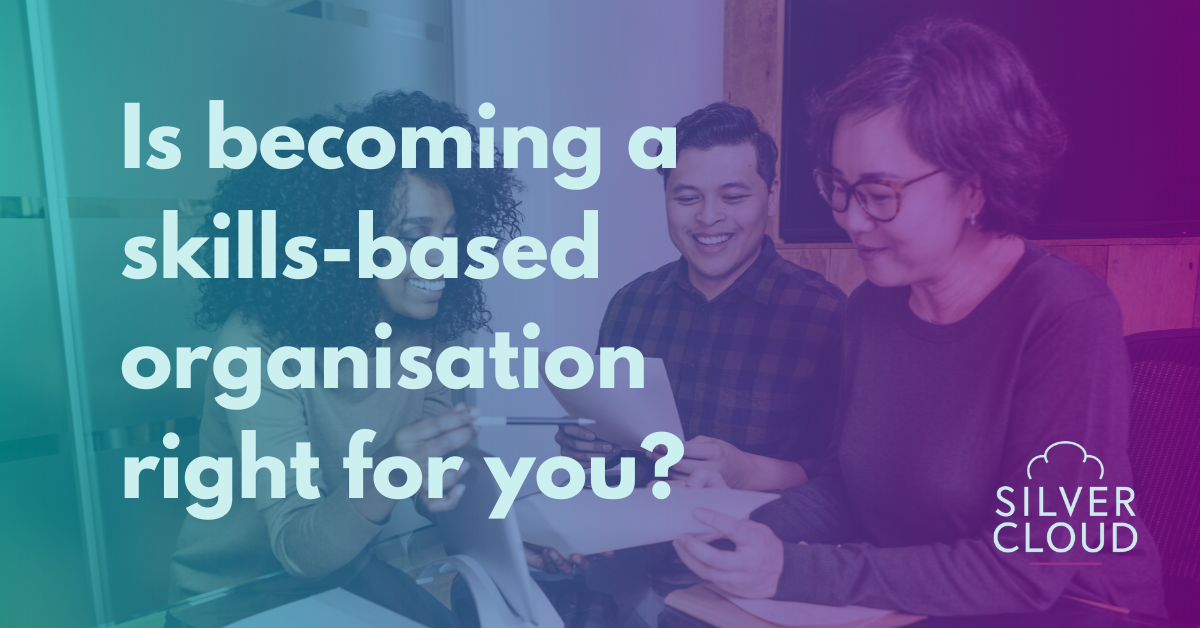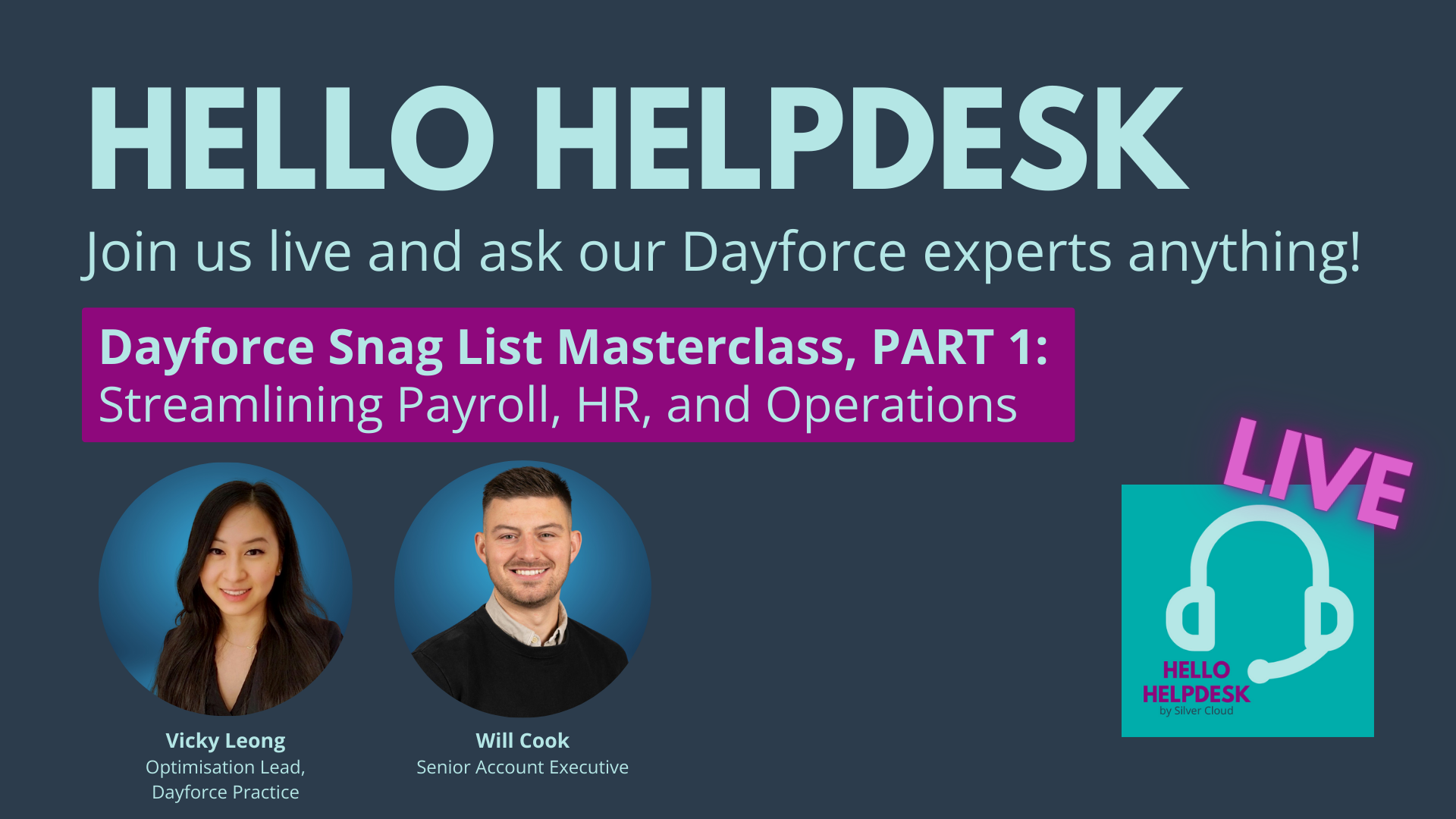4 HR considerations for your next merger or acquisition
by SJ Hood
Mergers and acquisitions (M&A) are pivotal moments in the evolution of a company. Whether your business has been bought and will be blending into something bigger or you’ve just acquired scrappy new team members, your company is growing and changing for good.
These transformative processes, however, can be filled with challenges. Especially when you’re integrating two very different organisations. As an HR leader, you’ll have to lead the blend of cultures, alignment of processes, and integration of systems. Which is a lot to contend with.
But you’re not alone. This is a look at the challenges you might face and how to navigate them. Plus, how HR technology can create a more seamless integration.
Navigating Cultural Integration
Blending different business cultures is one of the hardest things to do during an acquisition. When incompatible cultures collide, it can create a sense of chaos. So, figuring out where there are similarities is a critical part of making it all go smoothly. Looks for shared values, norms and practices to create a place of common ground.
Shared values, norms, and practices becomes imperative. Failure to address cultural differences effectively can result in disengagement, conflict, and ultimately, the erosion of organisational cohesion.
The key to successful cultural integration comes from acknowledging the uniqueness of each organisational culture while still fostering a shared identity. Especially one that is aligned with the overall vision of the newly integrated entity. HR plays a key role in managing this delicate process. Your role will include facilitating open dialogue, fostering collaboration, and championing cultural alignment initiatives.
By promoting cross-cultural understanding and inclusivity, HR can bridge the divide between legacy organisations, fostering a sense of unity and collective purpose.
Systems integration: the fun bit
While the cultural changes will, undoubtedly, be a major concern, figuring out what to do with your software and systems can be just as important and just as complicated. Will you use the buyer’s existing system? Will they use yours? Running separately but with integrations? Or will you be finding a new system together? There are a lot of options and this decision can really impact the success of a merger or acquisition.
From a technical standpoint, integrating disparate systems can present a pretty big hurdle during a merger or acquisition. Creating a harmonised system architecture that integrates all of the legacy systems involved would be essential for maintaining operational continuity and data integrity, if you decide to use one or both setups that are already in place. Alternatively, you may find that choosing an entirely new system works better for the post-merger business.
Work with your IT team
In either case, collaboration between IT and HR departments is absolutely necessary. In fact, they can be great allies during this tumultuous change. Your IT department will be key in figuring out your tech needs, seeing what security issues might come up and what features you’ll need to tackle them.
Evaluate existing relationships
It may not come to finding something completely new. Both companies will have vendors that they work with, but the relationships may not be equally favourable. Take the time to determine if one organisation’s vendor contracts are more beneficial or if there are opportunities to consolidate plans.
Don’t underestimate the scale and complexity
This is especially true around data ETL (extract, transform, load) challenges. Particularly if you are merging multiple companies at once. This can be a highly intensive job as it’s unlikely all organisations involved kept their data in exactly the same format and level of data hygiene. Be sure to dedicate enough time and resource here.
Develop a clear integration strategy
There are a lot of ways to merge systems and it’s important to figure out which one is right for your situation. Would it work best to change everything in one fell swoop? Or would a phased approach be more suitable? Consider the impact that either would have on your day-to-day HR operations.
Make data security and compliance key
No matter what, data security and privacy compliance need to be maintained throughout the process. Be sure to consider the legal and regulatory implications of your approach. This is especially important (and complex) if there are any international components to the merger or acquisition.
HR technology consultancies like Silver Cloud HR can also play a helpful role in assessing your needs. Whether that’s the compatibility of existing systems, identifying integration gaps, or implementing robust data migration protocols. That way you can choose the best way to minimise the impact of the acquisition and maximise the efficiency of your new, bigger team.
Learn more: System selection and consultancy
Optimising HR processes for alignment
Mapping and streamlining processes is another key factor for post-merger alignment. You don’t want to risk anything, or anyone, slipping between the cracks as things change. Which means that collaborating with your team to review and enhance your processes after the merger or acquisition is really important. Doing this across both the existing and new teams will help you find any key similarities or differences that should be addressed.
Meticulously documenting existing processes, finding any inefficiencies, and realigning them to support the new strategic objectives can be time consuming, but will greatly impact success. It may seem tedious, but it’s the only way to be sure that everyone is on the same page. This should be done across all teams, not just HR. That means you’ll need to find ways to encourage other leaders to do this and to remove friction where you can. You might consider providing process mapping templates or similar at this point.
Understanding the emotional and cultural impact
While technical and cultural considerations are the first focus for many businesses, the emotional and cultural impacts of M&A transitions can’t be overlooked. Employees experiencing uncertainty, anxiety, and resistance can significantly impede the integration process, undermining morale and productivity. And with major upheaval happening where they spend most of their waking time, anxiety is both reasonable and expected.
Recognising the emotional toll of change and fostering a supportive culture is essential for lowering resistance and promoting employee engagement.
Effective communication stands as the cornerstone of successful change management. HR professionals must adopt a proactive approach to communication, ensuring transparency, clarity, and empathy throughout the transition process. By providing regular updates, addressing concerns, and soliciting feedback, HR fosters trust and credibility, empowering employees to navigate change with confidence and resilience.
Cultural integration initiatives play a pivotal role in creating a sense of belonging and cohesion within your newly integrated organisation. By celebrating diversity, promoting cross-cultural collaboration, and championing shared values, HR cultivates an inclusive organisational culture that transcends boundaries and unites disparate teams.
Read more: How HR Tech Solutions Can Help Foster DEI&B and Transform Company Culture
A holistic HR approach to acquisitions
HR technology can help create more seamless mergers and acquisitions, but making these events a real success goes beyond just the technical considerations of how to work together. Instead, your approach has to include cultural and emotional dimensions. By prioritising cultural alignment, process optimisation, and effective change management, organisations can navigate M&A transitions successfully, emerging stronger and more resilient as one unified organisation.
Through strategic collaboration between HR, IT, and organisational leadership, using the right HR tech, and fostering a supportive organisational culture, companies can overcome the inherent challenges of M&A transitions. This can help them see full potential of their integration efforts. As the corporate landscape continues to evolve and these events become more common, organisations need to embrace innovation, agility, and adaptability, setting themselves up for sustained growth and success.
For support reviewing or selecting HR technology to support your merger or aquisition, speak to our team today.



